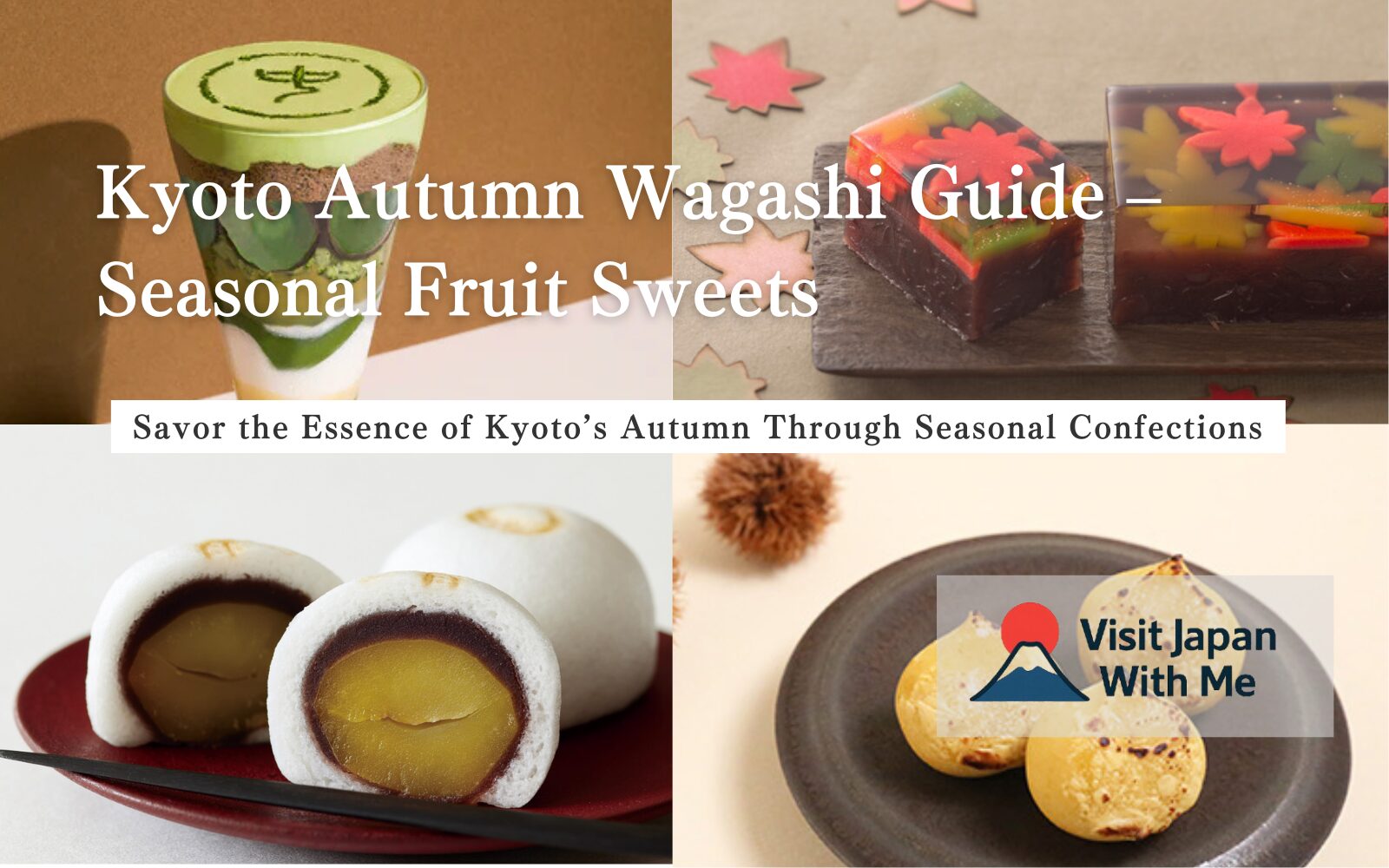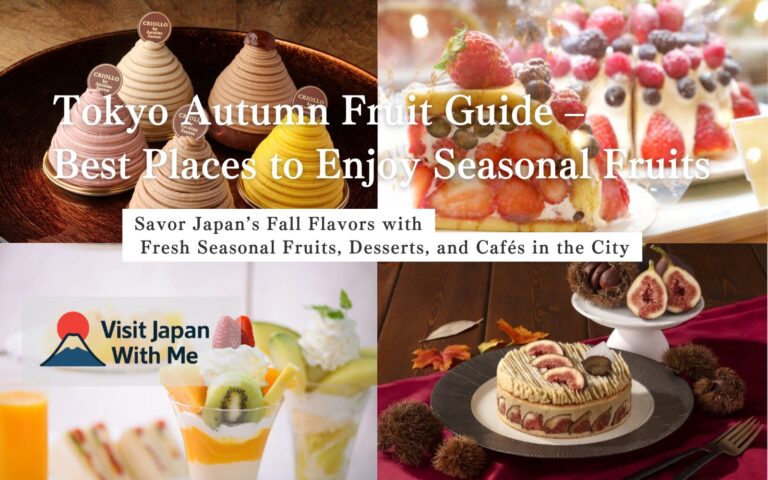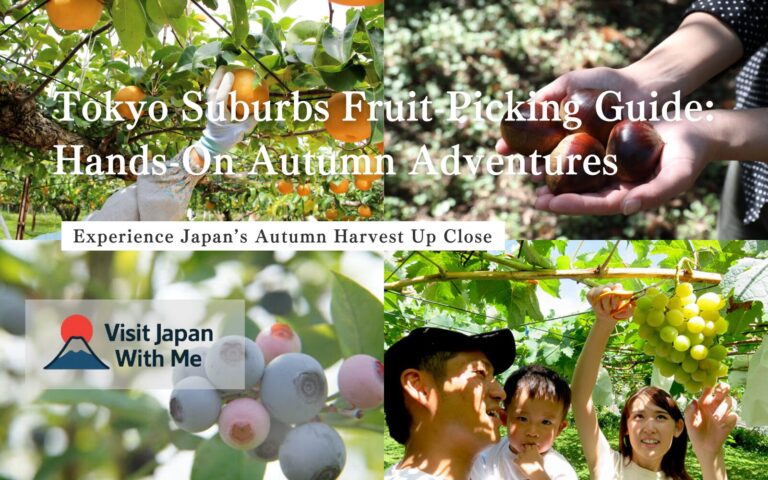🍁 Kyoto Autumn Wagashi Guide – Seasonal Fruit Sweets
Kyoto is famous for its temples, gardens, and autumn leaves, but it is also the heart of Japan’s wagashi (traditional Japanese sweets) culture. In autumn, seasonal fruits such as chestnuts, persimmons, grapes, apples, and figs are used to craft wagashi that are not only delicious but also visually stunning and intricately detailed.
This guide focuses on Kyoto’s fruit-based wagashi. Wagashi are traditional Japanese confections made with ingredients like sweet bean paste, mochi, agar jelly, and seasonal fruits. They emphasize seasonality, natural beauty, and delicate craftsmanship, making them a feast for both the eyes and the palate.
Japanese wagashi artisans are experts at bringing out the natural flavors of seasonal ingredients, and the fruit-based wagashi of Kyoto provide a cultural experience as much as a taste experience.
Here, we introduce must-visit wagashi shops where you can enjoy autumn’s seasonal fruits, including recommended items, price range, access, and practical traveler tips. Enjoy Kyoto’s unique atmosphere while indulging in these seasonal delights.
🍂 Seasonal Fruits in Kyoto and Their Characteristics
| Fruit | Season | Wagashi Uses |
|---|---|---|
| Chestnuts | September–November | Perfect for mont-blanc style sweets or kuri kinton. |
| Persimmons | October–November | Soft, sweet persimmons used in yokan or amber jelly, adding beautiful autumn colors. |
| Grapes | September–October | Kyoho or Shine Muscat grapes in yokan or nerikiri. |
| Apples | Late September–November | Crisp apples used in simmered fruit sweets or tart-style wagashi. |
| Figs | September–October | Juicy figs paired with bean paste or nerikiri for elegant seasonal treats. |
🍎 Recommended Autumn Wagashi Shops in Kyoto
1. Tsuruya Yoshinobu – Nakagyo, Kyoto
A centuries-old traditional shop. Seasonal specialties include chestnut kuri kinton and persimmon wagashi. Enjoy them in a teahouse overlooking a serene garden.
Kurimaro is a manju that contains a whole chestnut preserved in syrup. Akigasane is a yokan shaped like autumn maple leaves, crafted with the beauty of fine artwork.

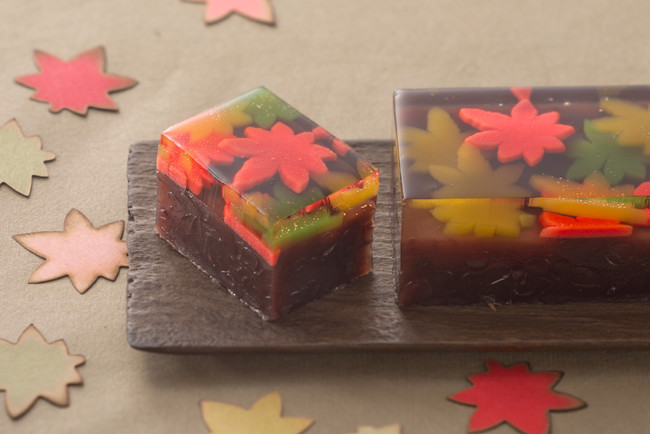
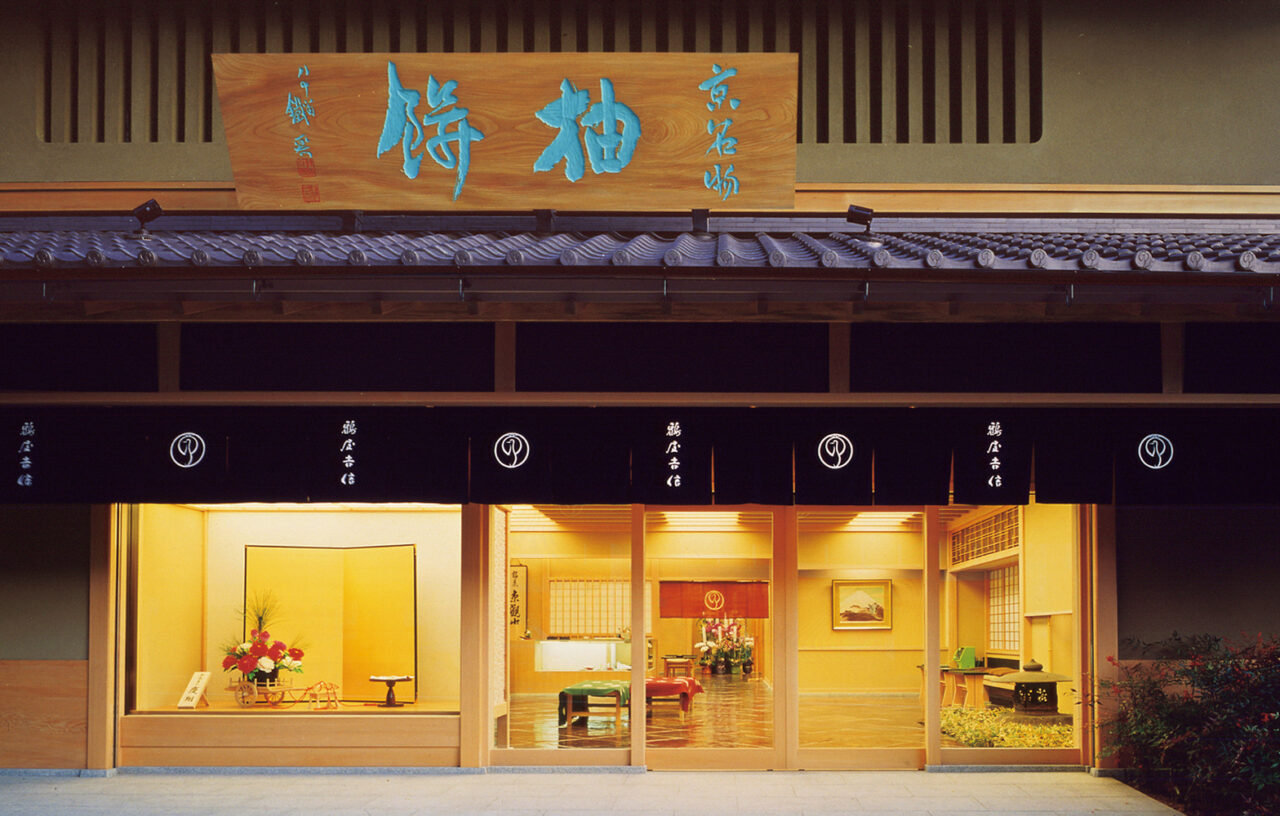
📍 Access: 5 min walk from Karasuma Oike Station
⏱ Average Visit Time: 45–60 min
💴 Price Range: $6–18 USD
💡 Tip: Seasonal wagashi often sell out by late morning. Try to visit early for the full selection.
2. Nakamura Tokichi – Uji
Renowned for matcha sweets. Autumn brings chestnut, persimmon, and grape parfaits and seasonal matcha sets.
Matcha Parfait with Chestnut & Kyoho Grape combines the rich sweetness of chestnut and the juiciness of Kyoho grapes with a deep, refined matcha made from the premium “Seiko no Mukashi,” offering an elegant taste of autumn in every layer.
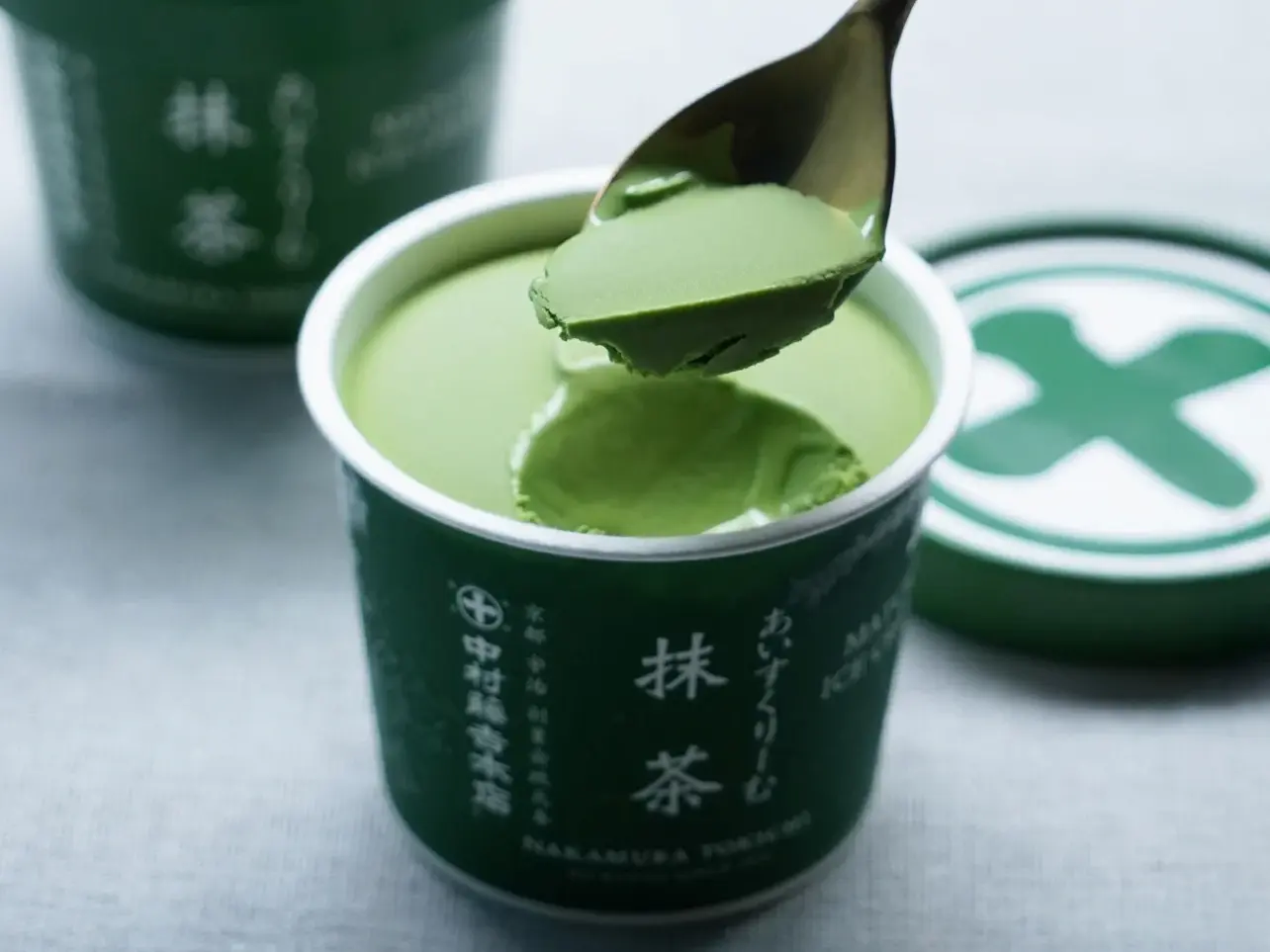

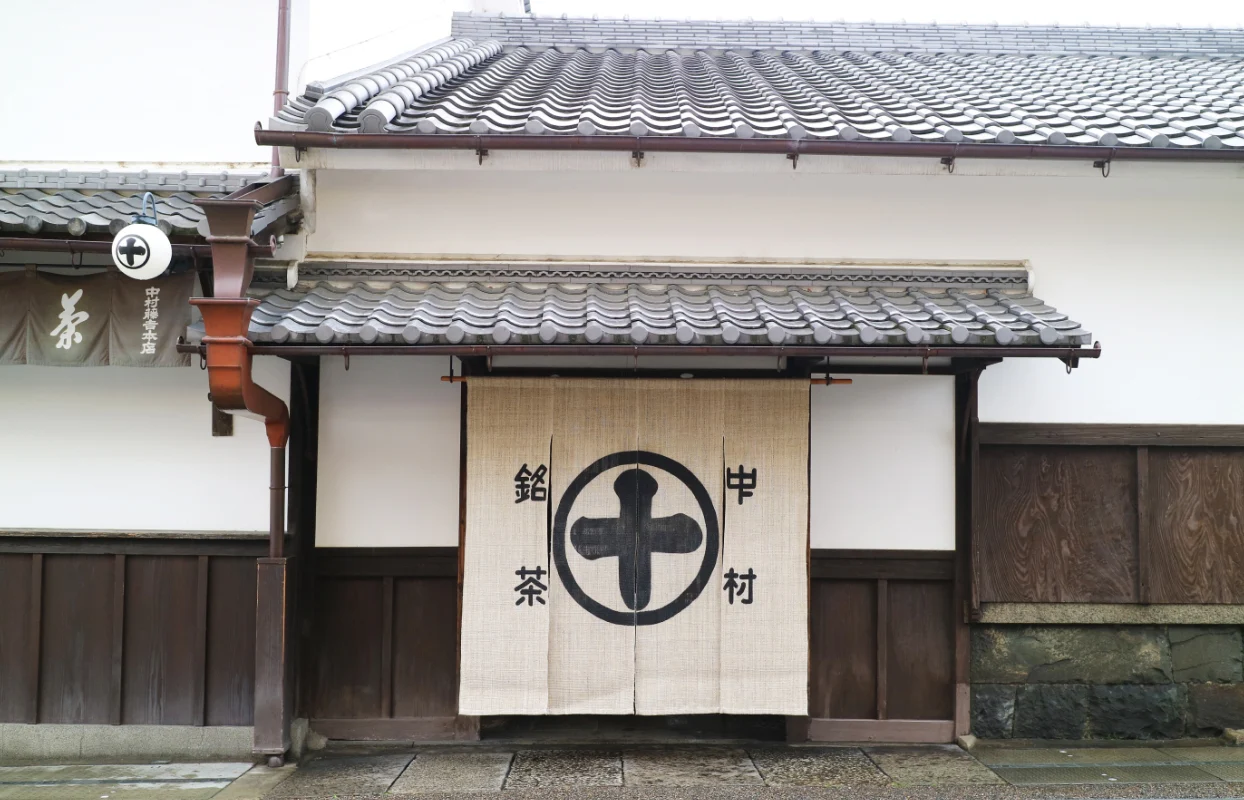
📍 Access: 3 min walk from Uji Station
⏱ Average Visit Time: 45–60 min
💴 Price Range: $12–28 USD
💡 Tip: air with a hot matcha to enhance the sweetness of the fruit. Outdoor terrace seating overlooking a garden is highly recommended.
3. Yoroken – Saiin
Famous for its fruit daifuku, Yoroken is a must-visit in autumn for seasonal chestnut, grape, and fig daifuku. The soft mochi surrounds whole seasonal fruits, creating a perfect balance between the fruit’s sweetness and the gentle flavor of sweet bean paste.
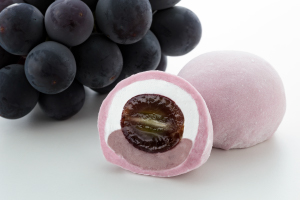
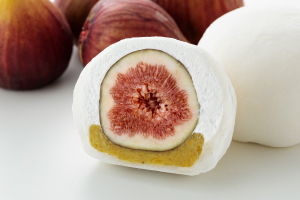
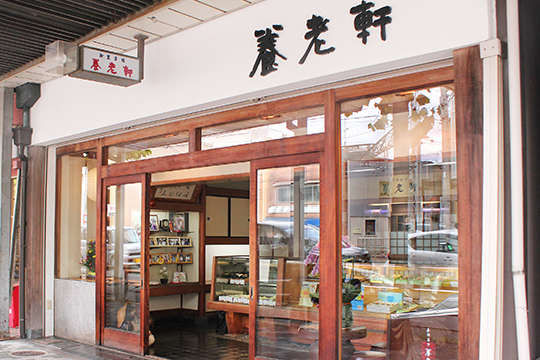
📍 Access: 5 min walk from Higashiyama Station
⏱ Average Visit Time: 30–45 min
💴 Price Range: $6–15 USD
💡 Tip: Beautifully wrapped wagashi make perfect souvenirs. Photos inside the shop are allowed, so bring your camera.
4. Kameya Yoshinaga – Kyoto Station
Established in the 1800s, this shop offers autumn-themed chestnut, persimmon, and apple wagashi. Popular for souvenirs among travelers.
Yama no Sachi is autumn-inspired yokan (sweet bean jelly) bar, topped with chestnuts, persimmons, figs, azuki beans, walnuts, and macadamia nuts, offering a full array of seasonal flavors.

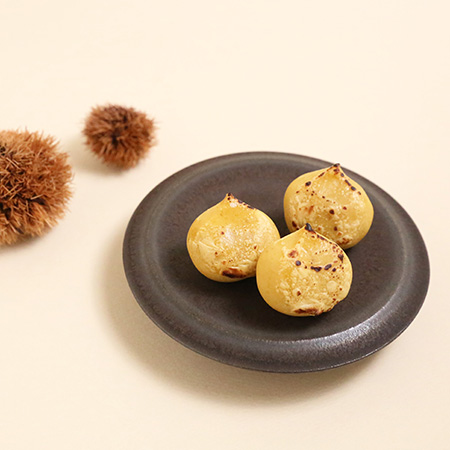
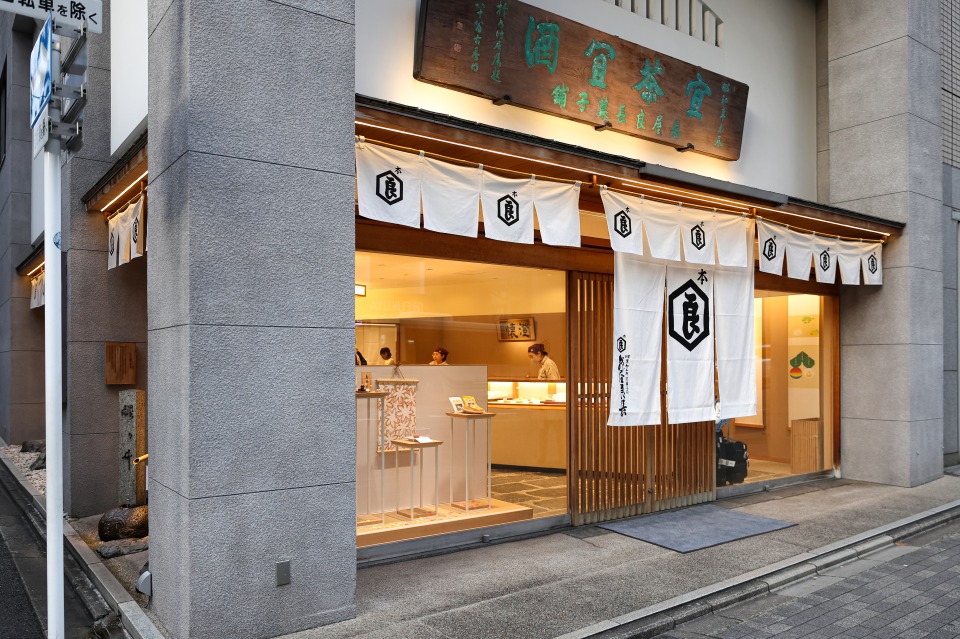
📍 Access: 7 min walk from Kyoto Station
⏱ Average Visit Time: 30–45 min
💴 Price Range: $5–18 USD
💡 Tip: Items are very popular and often sell out by morning, so plan to arrive early.
💡 Traveler Tips (Local Insights)
- Visit during the fruit season: September to November is peak.
- Go early: Seasonal wagashi often sell out by late morning. Visiting by 10 am gives the best chance to see all offerings.
- Pair with tea: Many shops provide tea, enhancing both flavor and the traditional Kyoto experience.
- Photography: Nerikiri and other seasonal sweets are colorful and highly photogenic—perfect for Instagram.
- Take your time wandering: Some shops are hidden in alleys or along quiet streets; walking through the neighborhood adds a local experience.
- Combine sightseeing: Enjoy sweets near temples or gardens (e.g., Yasaka Shrine, Gion, or Nanzenji) to fully immerse in the Kyoto autumn vibe.
- Local tip from Kyoto residents: “Try the seasonal nerikiri while it’s still fresh. Sitting in a small teahouse watching the leaves change outside is part of the experience.”
Kyoto’s autumn offers more than just vibrant foliage—it’s a season to savor fruit-inspired wagashi in traditional surroundings. Visiting old shops and townhouses allows you to experience not only the flavors but also the refined atmosphere and centuries of tradition.
Whether it’s chestnut or persimmon nerikiri, grape or apple amber jelly, enjoying these sweets while looking out over a garden or strolling through historic streets is truly a Kyoto-exclusive autumn indulgence.
Bring your camera, bring your appetite, and immerse yourself in the art and taste of Kyoto’s seasonal wagashi.

